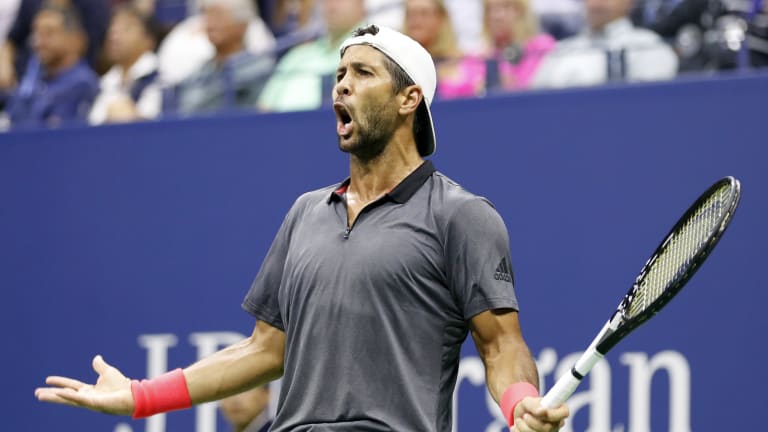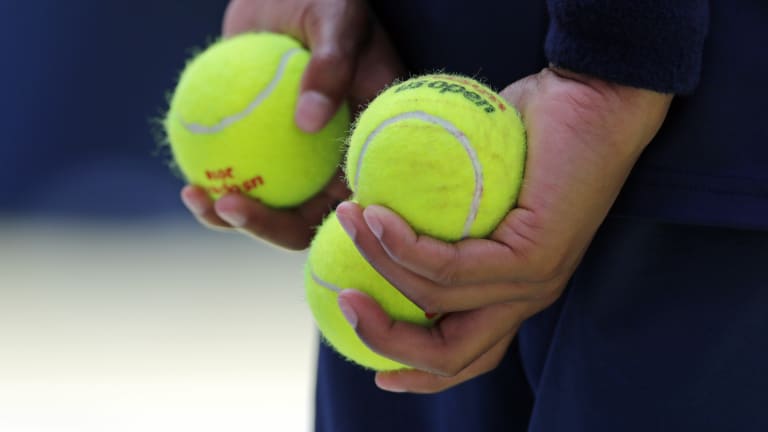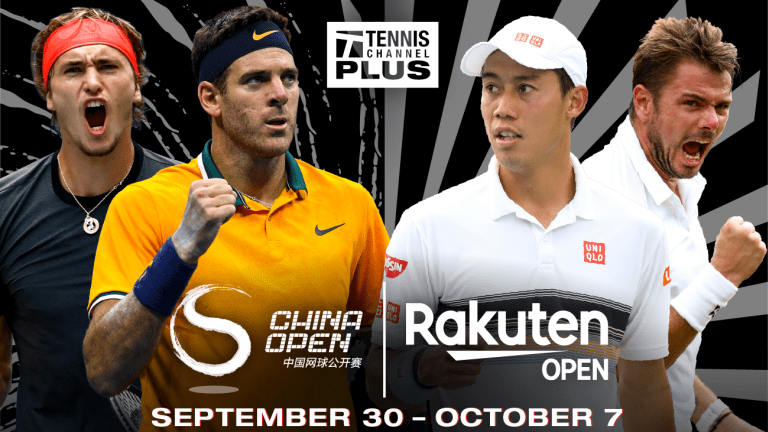WATCH—ATP Rankings Update:
Towelgate: Tennis needs to remember that ball kids are volunteers
By Oct 04, 2018Social
Toni Nadal understands why Australian Open crowd booed Novak Djokovic
By Jan 28, 2025Facts & Stats
20 magnificent things Madison Keys achieved by winning the Australian Open
By Jan 28, 2025The Business of Tennis
Mirra Andreeva announces Rolex sponsorship
By Jan 28, 2025Lifestyle
Roger Federer’s Wimbledon winning racquet currently up for auction
By Jan 28, 20252025 Australian Open Takeaways
No matter the arena, Jannik Sinner was a winner on the way to winning his third Grand Slam title
By Jan 28, 20252025 Australian Open Takeaways
Madison Keys and more: American women had something to say at the Australian Open
By Jan 28, 2025This past Australian Open reinforced one of tennis' unwritten rules
By Jan 28, 2025Australian Open
Alexander Zverev must elevate his game when it most counts—and keep it there
By Jan 27, 2025Social
Alexander Zverev gets 'ahead' of Jannik Sinner on flight home from Australian Open
By Jan 27, 2025Towelgate: Tennis needs to remember that ball kids are volunteers
Published Oct 04, 2018
Advertising
Advertising

Towelgate: Tennis needs to remember that ball kids are volunteers
© Copyright 2018 The Associated Press. All rights reserved.
Advertising

Towelgate: Tennis needs to remember that ball kids are volunteers
© Copyright 2018 The Associated Press. All rights reserved
Advertising

Towelgate: Tennis needs to remember that ball kids are volunteers